How do you make a small fortune in aquaculture? Start with a large one. So goes an old joke. What makes a species ideal for one body of water can tank it in another. Growing an industry takes the right combination of temperature and salinity, in addition to an appetite for spending the research dollars to cultivate certain species. Here are some species already growing here, and a look at why others have struggled.
| Species |
Where grown |
State in the Bay |
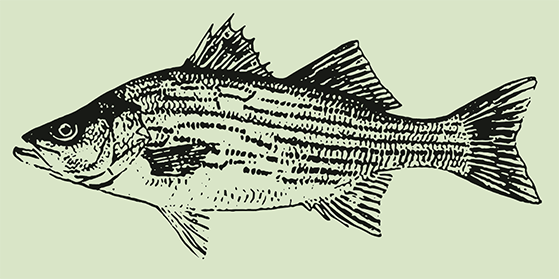 Hybrid striped bass
Hybrid striped bass
Morone chrysops x
Morone saxatilis
|
The first hybrid striped bass was raised in the 1960s in South Carolina by crossing eggs from a female striped bass with sperm from a white bass. The fish have since become a big industry in the Carolinas as well as Kentucky and Indiana.
|
In the 1980s, striped bass were raised in Maryland, but by 2003, commercial production ended due to economic and other constraints. (see "Striped Bass") Much of the broodstock and technology for growing hybrid striped bass was developed in Maryland and helped other states.
|
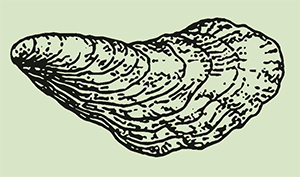 Oyster
Oyster
Crassostrea virginica
|
Here, mostly south of Annapolis on both sides of the Chesapeake Bay to Norfolk and in the coastal bays. Nationwide, on the Gulf Coast, the Pacific Northwest, and New England waters.
|
Virginia had aquaculture for more than a century, while Maryland opened up all its waters to oyster aquaculture in 2009. Virginia now has the largest oyster aquaculture industry on the U.S. East Coast, with a value of $18.5 million in 2016; Maryland's was valued at $5 million that year. Virginia's farmed oysters long ago eclipsed their wild harvest; Maryland's farmed oyster harvest is on pace to do the same in the next few years.
|
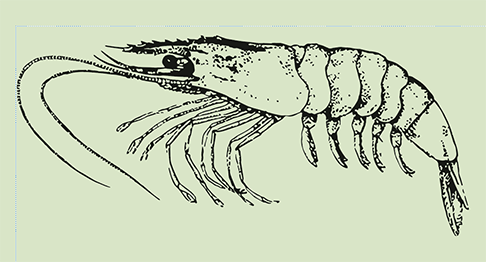 Whiteleg shrimp
Whiteleg shrimp
Litopenaeus vannamei
|
Largely in the southeastern U.S. and Texas.
|
Three Baltimore friends opened a shrimp business in landlocked Hurlock, on Maryland's Eastern Shore, in 2003. It moved to North Carolina (see "Fishing for Answers," page 3) in 2014. There are no other shrimp farms in Maryland; Blue Ridge Aquaculture, in Virginia, experimented with commercial shrimp production and found a lack of space limited its success.
|
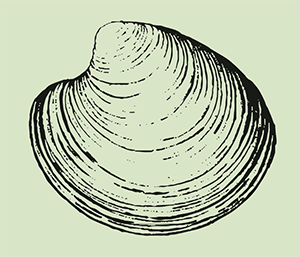 Clam
Clam
Mercenaria mercenaria
|
High-salinity parts of the Chesapeake and coastal bays, largely in Virginia; some farms operate in the Maryland coastal bays near Ocean City.
|
Clam aquaculture took off in Virginia in the 1980s when diseases devastated oyster populations there and forced the wild fishing industry to seek alternatives. That proved highly successful. In 2016, the market value of Virginia's clams was $38.1 million.
|
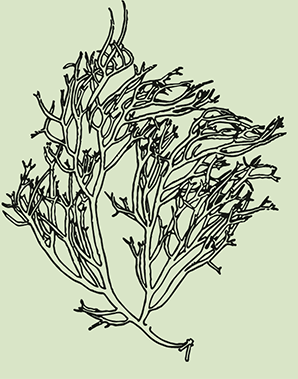 Macroalgae
Macroalgae
Gracilaria and Agardhiella
|
Kelp and related seaweed products are showing great promise as a commercial aquaculture product in Connecticut, Maine, and Alaska. Federal and state governments are supporting research and further development of seaweed as an aquaculture product.
|
Little is known about how seaweed grows in the Chesapeake Bay. Researchers at the University of Maryland, College Park experimented with growing native Gracilaria, and studied whether it might work in tandem with oyster farming. Similar work is underway in California.
|